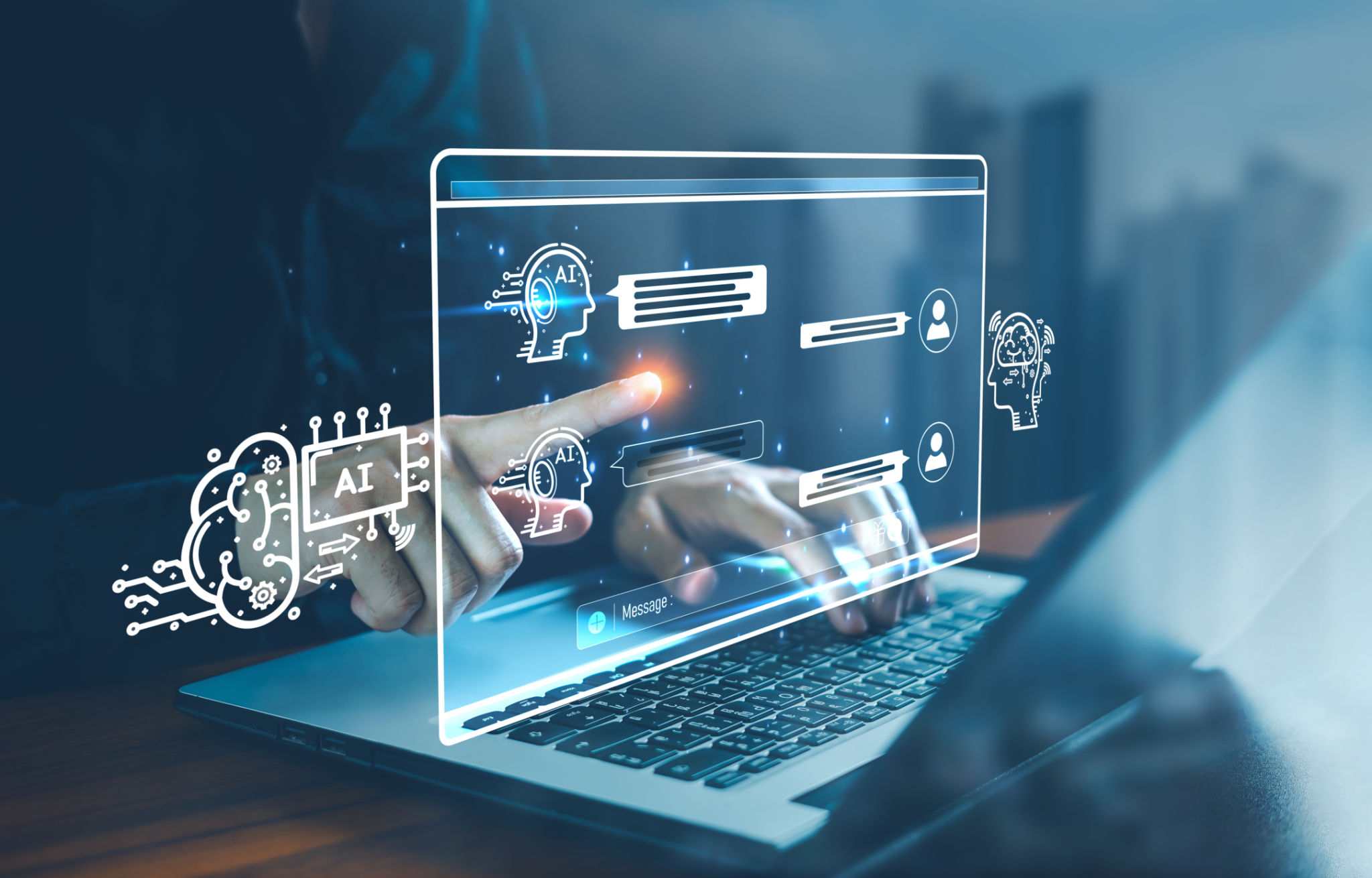Debunking Common Myths About AI Training
Understanding AI Training: Separating Facts from Fiction
As artificial intelligence (AI) continues to advance, it is becoming increasingly integrated into our daily lives and industries. However, with its rise, several myths about AI training have emerged, leading to misconceptions. This blog post aims to debunk some of these common myths and provide a clearer understanding of how AI training truly works.

Myth 1: AI Can Learn on Its Own
One of the most prevalent myths is that AI systems can learn independently without any human intervention. While AI can process vast amounts of data and identify patterns, it still requires human input for training. Data scientists and engineers must carefully design algorithms and provide labeled datasets to guide the learning process.
AI systems rely on supervised learning, unsupervised learning, or reinforcement learning techniques. In supervised learning, for instance, humans label the data to help the AI understand the context and relationships. This human involvement is crucial in ensuring the AI model's accuracy and effectiveness.
Myth 2: More Data Always Equals Better AI
Another common misconception is that feeding more data into an AI model will automatically result in better performance. While having a large dataset is beneficial, the quality of the data is equally important. Poor-quality or biased data can lead to inaccurate or unethical outcomes.

It is essential to focus on data preprocessing and cleansing to ensure that the training data is relevant and unbiased. Additionally, incorporating diverse data sources can enhance the model's ability to generalize and perform well across different scenarios.
Myth 3: AI Training Is a One-Time Process
Some people believe that once an AI model is trained, it does not require further updates or modifications. In reality, AI training is an ongoing process. As new data becomes available and environments change, the models must be retrained to remain accurate and reliable.
Continuous learning is necessary to adapt to evolving conditions and improve performance. Businesses often implement a feedback loop where the AI system learns from its mistakes and refines its predictions over time.

Myth 4: AI Training Is Only for Tech Experts
There is a widespread notion that AI training is solely the domain of tech experts with advanced degrees in computer science. While expertise is certainly beneficial, many tools and platforms now make it accessible for individuals without a technical background to engage in AI training.
Many user-friendly interfaces and pre-built models allow business professionals and enthusiasts to experiment with AI without needing to write complex code. This democratization of AI technology empowers more people to contribute to innovation in various fields.
Conclusion: Embracing the Reality of AI Training
Understanding these myths helps in appreciating both the potential and limitations of AI technology. Acknowledging that AI training is a collaborative and dynamic effort can lead to more realistic expectations and better outcomes. As we continue to explore the possibilities of AI, an informed perspective will be vital for harnessing its full potential.